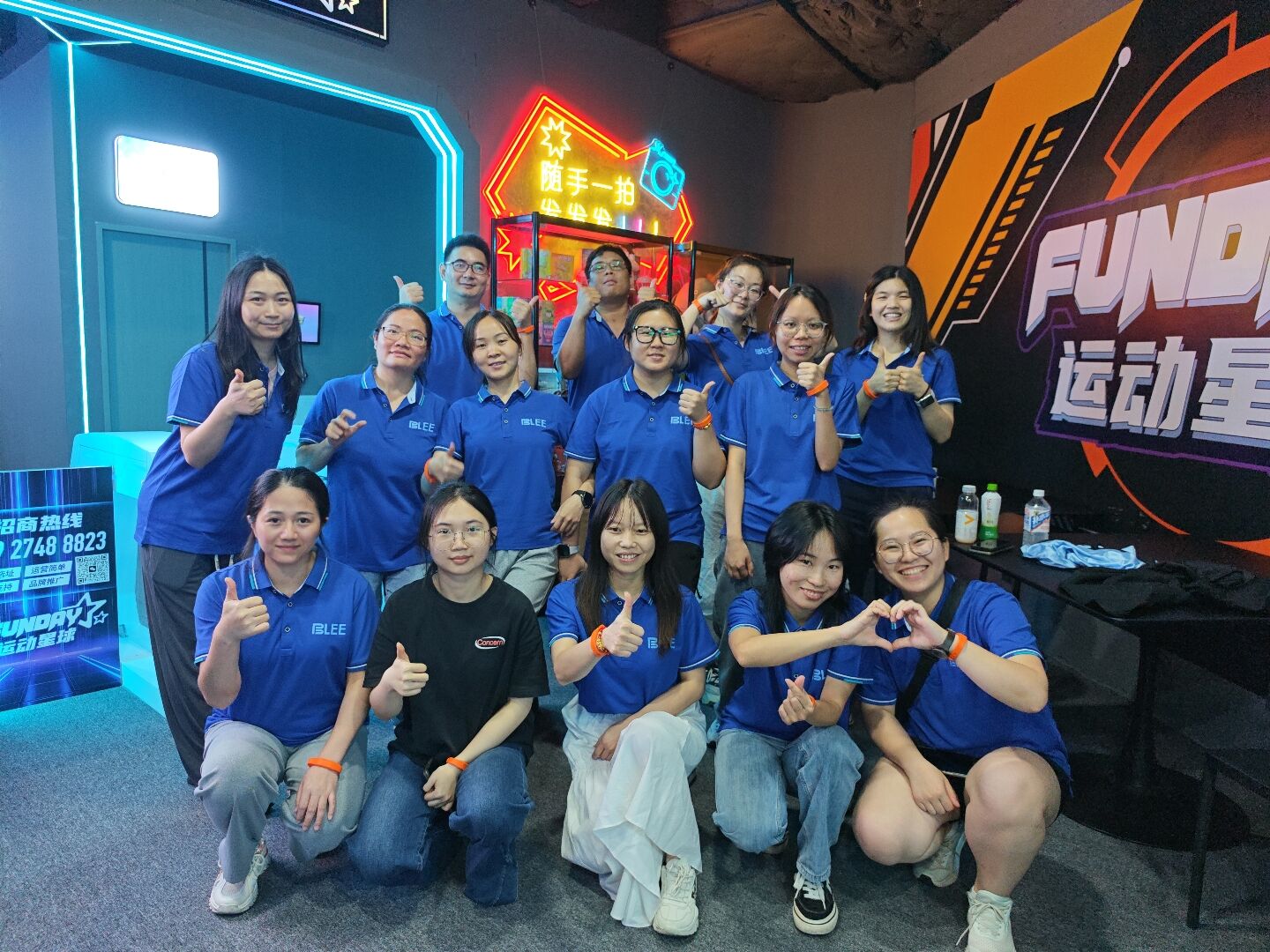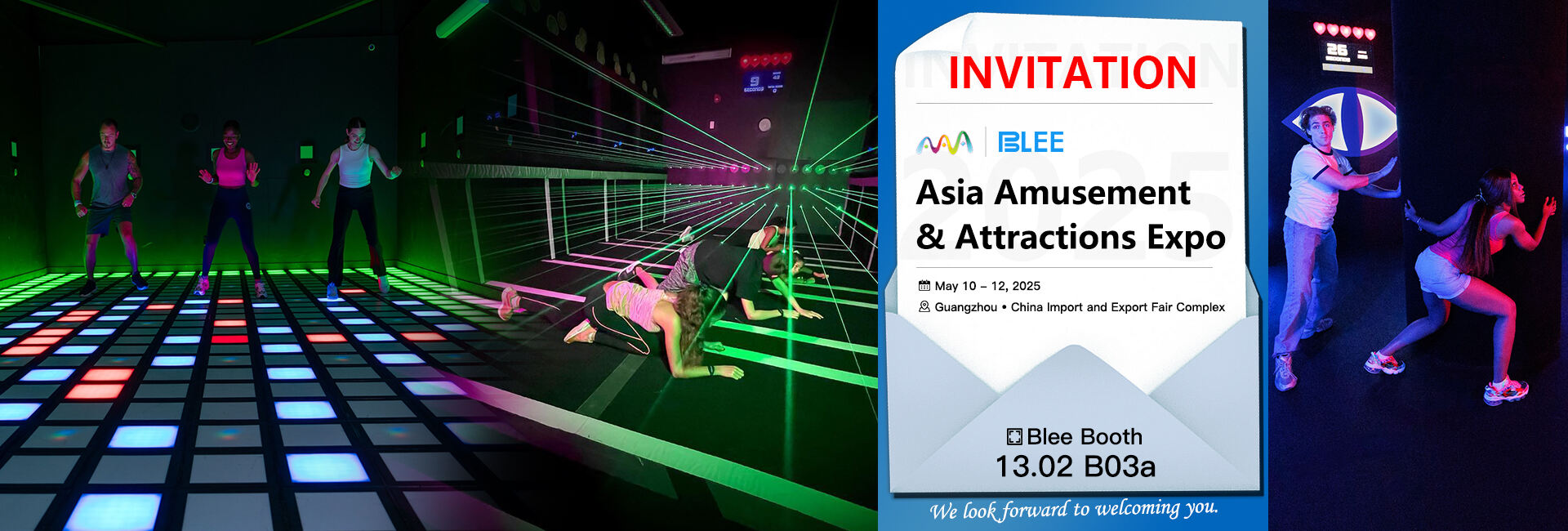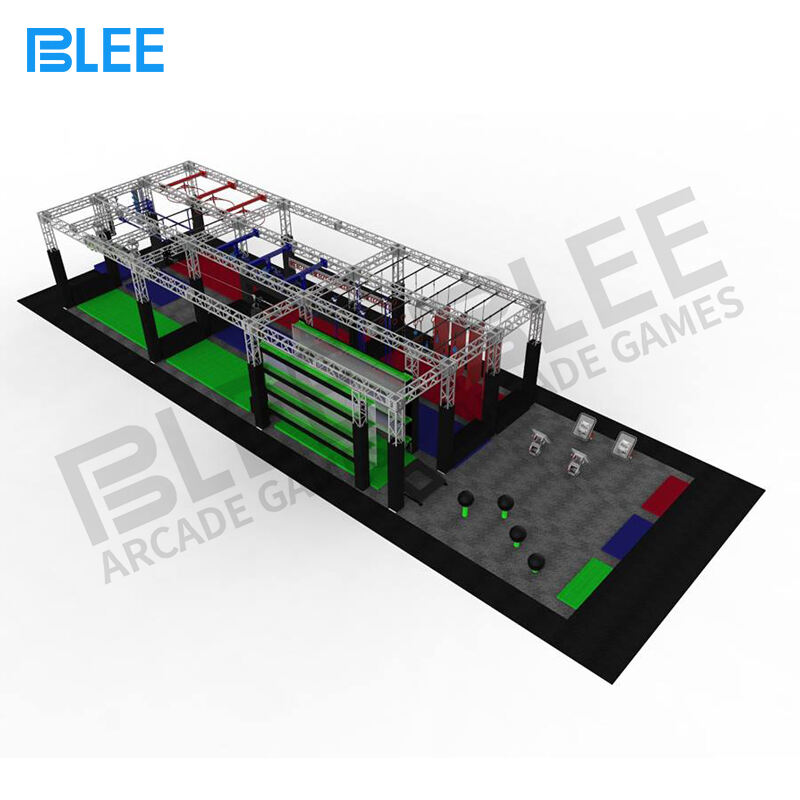The Booming Sports Simulator Market: Drivers and Projections
Exponential Growth in Market Value
The sports simulator market has witnessed astronomical growth over recent years, with projections suggesting it will reach multi-billion dollar valuations by the impending close of this decade. Key factors propelling this growth include a compound annual growth rate poised at impressive figures, largely attributed to heightened venture capital investments in sports technology. The rising popularity of immersive gaming experiences further fortifies this market expansion. According to researched data, consumer interest in interactive sports technologies has broadened the user base, particularly attracting millennials and Gen Z who seek engaging digital sports environments.
Additionally, authoritative research underscores the transition of younger demographics towards interactive sports technology, catalyzing the market's diversification and growth trajectory. This demographic shift not only expands the user base but also fuels continuous investment in enhancing the realism and appeal of sports simulators. This burgeoning preference for realism within sports simulation technologies is evident in the increased demand for more sophisticated, tech-driven solutions across both domestic and commercial settings.
Key Drivers: eSports and At-Home Fitness Demand
The emergence of eSports has fundamentally transformed the landscape of sports simulations, bringing traditional sports into the digital realm seamlessly. As eSports popularity surges, more individuals engage with sports simulators, discovering an enticing intersection between physical sports and digital gaming. This blending of realms has resulted in a robust engagement among enthusiasts, contributing significantly to the market demand for sports simulators.
Furthermore, the at-home fitness trend, which gained tremendous traction following the pandemic, has bolstered the sports simulator market substantially. Consumers are increasingly seeking engaging methods to maintain fitness and wellness from their homes, resulting in heightened demand for advanced simulator technologies. Expert insights suggest that the convenience offered by home-based training systems is reshaping consumer behaviors towards fitness, thus amplifying the desire for innovative sports simulation solutions.
Thus, the convenience of home-equipped simulators alongside the engaging aspect of eSports drives the sports simulator market's continuous advancement, fulfilling the needs of modern-day fitness and gaming enthusiasts. These market dynamics showcase the profound influence of evolving consumer preferences in shaping industry trends toward greater interactivity and technological sophistication within sports simulations.
Core Technologies Shaping Modern Sports Simulation
AI-Driven Performance Analytics
Modern sports simulators are increasingly leveraging AI-driven performance analytics to enhance player development. These systems meticulously track player statistics, providing insights into areas requiring improvement. According to studies, 75% of professional athletes utilize data-driven insights, which highlights AI's crucial role in refining training regimens. This detailed feedback allows for personalized training programs that adapt to player progress, fostering skill advancement.
Immersive VR Training Systems
Virtual reality training systems have ushered in a new era of immersive training environments, revolutionizing skill development. By offering highly realistic environments, VR setups allow users to enhance their techniques in conditions that closely mimic real-world situations. Research suggests that VR training can accelerate the learning process by up to 50%. Educational institutions employing VR for sports training have observed notable improvements in skill acquisition, making it a pivotal tool for both amateur and professional athletes.
Precision Motion Tracking Sensors
Motion tracking technology plays a critical role in delivering responsive and accurate sports simulations. Precision sensors replicate real-life sports scenarios, providing athletes with feedback that is integral to honing their skills. Statistics indicate that these systems can reduce training errors by 30%, contributing to more efficient skill development for athletes at all levels. This technological advancement ensures simulations are not only true-to-life but also valuable learning platforms for refining techniques in various sports disciplines.
Each of these technologies is revolutionizing the sports simulation industry, making training more effective and engaging. As the commercial indoor playground and indoor play center for kids integrate such innovations, it enhances the play area and offers transformative experiences for users. These advancements underline the importance of embracing modern technologies to stay ahead in the evolving landscape of sports simulation.
Commercial Applications in Entertainment Ecosystems
Integration with Indoor Play Centers
Sports simulators are becoming an integral part of commercial indoor playgrounds, transforming them into diverse entertainment ecosystems. By incorporating sports simulation technology, play centers can offer interactive and engaging activities for users of all ages, making these venues more appealing to families seeking entertainment options. This infusion of technology not only enhances the experience but also boosts revenue streams by attracting a broader audience interested in dynamic, family-friendly activities. When integrated into indoor playgrounds, sports simulators can transform the space into a hub of excitement and learning, blending physical activity with digital engagement. Thus, these simulators provide an innovative way to enrich the offerings of indoor play centers for kids and families alike.
-
Relevant Concepts to Explore:
- Indoor playground sports simulators
- Play area enhancements for commercial locations
Golf Simulators as Social Hubs
Golf simulators are evolving from mere practice devices to vibrant social venues that foster community engagement. They now serve as platforms where players can gather for friendly games, share experiences, and build connections, transforming the sports simulation domain into a social environment. Recent studies highlight that these facilities experience a 40% increase in foot traffic when augmented with food and beverage services. This statistic underscores the value of golf simulators in creating lively social spaces that blend sports with leisure activities. By providing an avenue for social interaction, golf simulators enhance the overall appeal of entertainment ecosystems, merging physical activity with social dynamics in a seamless fashion.
-
Important Themes:
- Golf simulators as community engagement tools
- How sports venues can double as social experiences
Integrating these technologies within entertainment ecosystems reveals the potential for revolutionizing leisure spaces. As play centers and golf venues leverage sports simulation technology, they enhance their offerings, attracting diverse visitors and fostering vibrant communities.
Synergy with Fitness and Wellness Innovations
Wearables for Skill Development
Wearable technology is increasingly becoming an integral part of sports simulations, offering users real-time feedback and metrics to enhance skill development. This synergy between wearables and sports simulation technology presents athletes and enthusiasts with a smarter approach to training. Devices such as smartwatches and fitness bands track vital data while connecting seamlessly with simulation systems to provide comprehensive insights into performance. According to industry reports, the wearable fitness market is expected to reach various billion dollars by 2025, aligning closely with the growth trajectories of sports simulation technologies. This trend indicates a future where wearables play a vital role in bridging fitness innovations with sports simulation advancements.
Biometric Monitoring in Training
Biometric monitoring devices are revolutionizing training programs within sports simulations by enabling personalized coaching and feedback. These tools track physiological metrics like heart rate and muscle activity, offering precise insights for tailored improvement plans. A study suggests that athletes using biometric tracking devices see an average improvement in performance benchmarks by 20%, highlighting their importance in sports coaching and training methodologies. Through technology, biometric monitoring empowers users to push limits while maintaining safety and efficiency, fundamentally transforming the approach to well-rounded physical and performance development.
Why Work With BLEE?
Free Project Planning
Free design-driven solutions tailored to your theme, audience, including product selection, quotation, layout design, venue decoration design and business plan.
Globally Proven Solutions
Trusted by 80+ countries with venue bulidding for cross-cultural appeal and sustained ROI.
Complete Range of Products
We have a complete entertainment and amusement product line, can meet your procurement needs in one stop, maximize your cost savings.
7-15 Day Guaranteed Delivery
Modular production system ensures quality equipment shipped within 15 days, minimizing downtime.
Risk-Free Logistics
Doorstep delivery , damage protection, and real-time cargo tracking.
24/7 Lifelong Support
Multilingual technical assistance, instant troubleshooting, and lifetime maintenance commitment.








